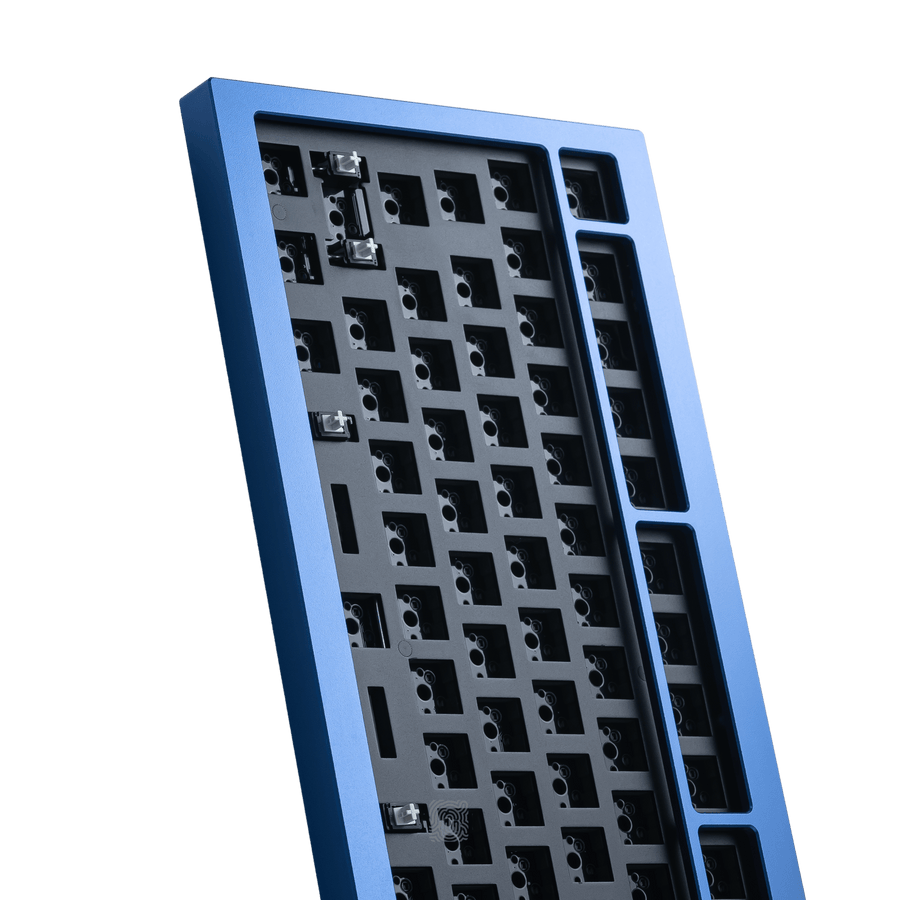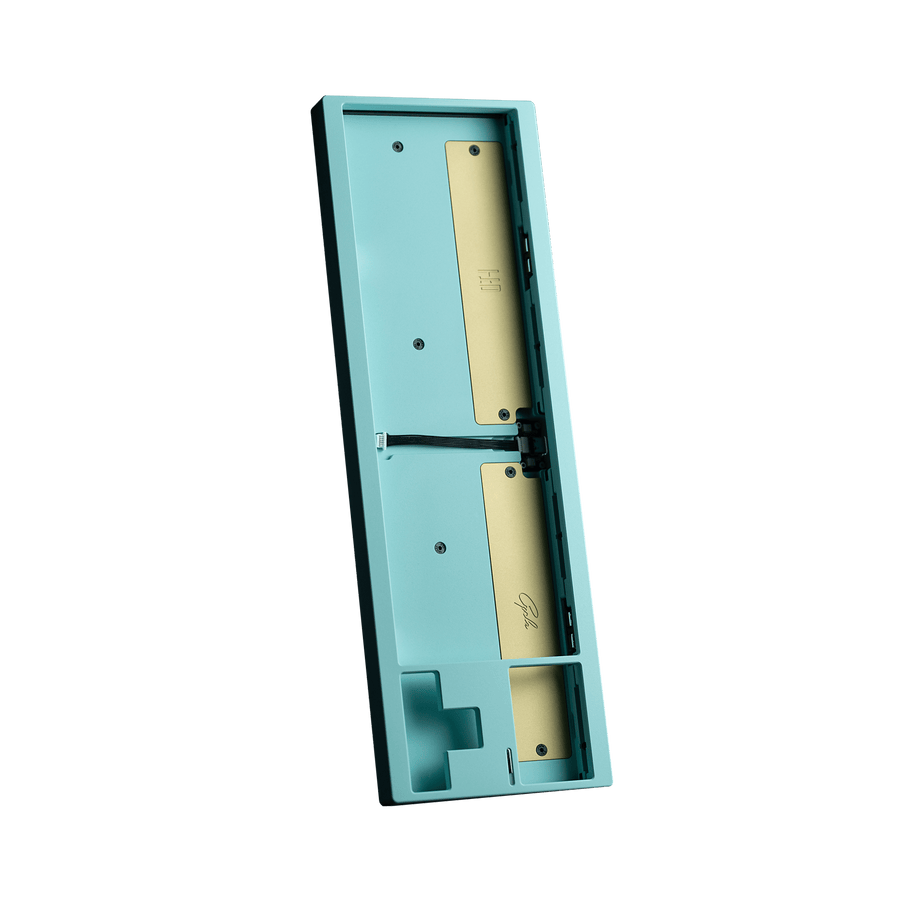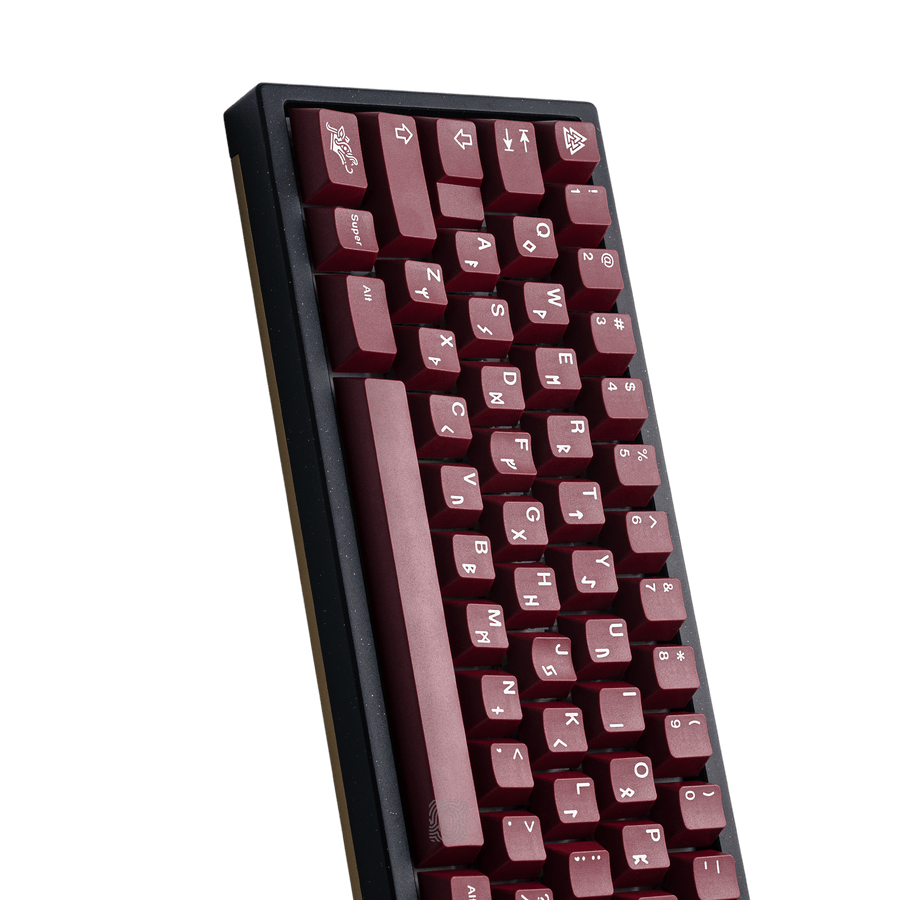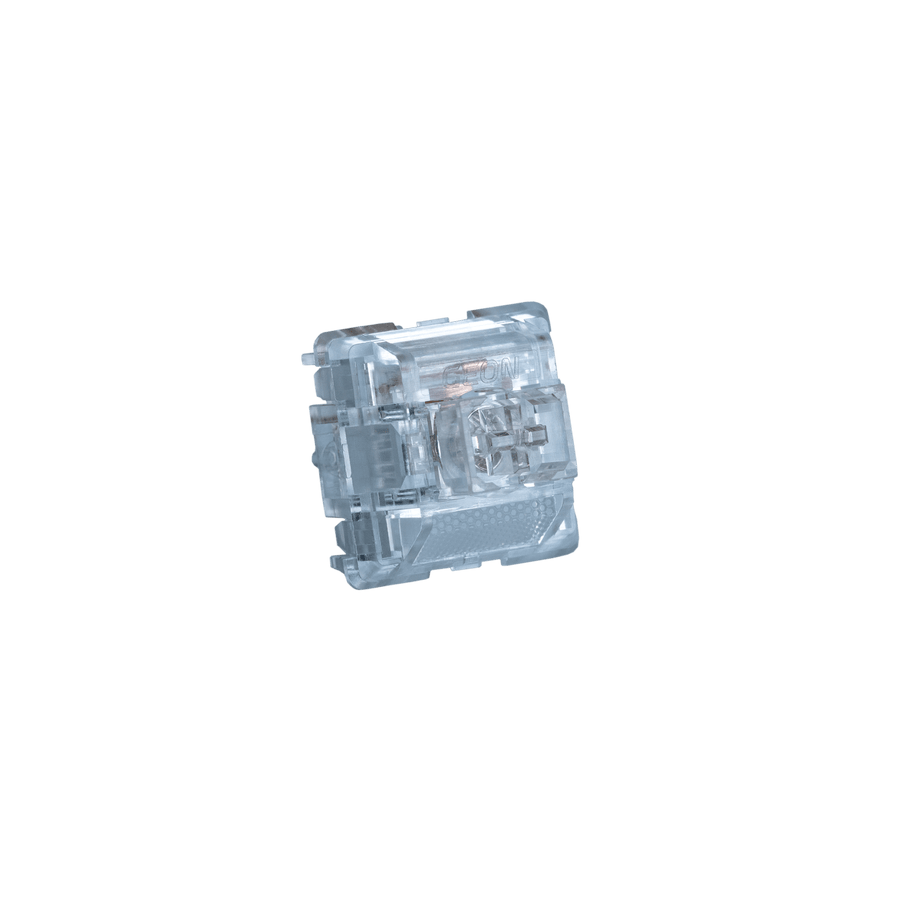Basic Guide into PBT Keycaps or ABS Keycaps | Which one is better? 🤔
Hey there, fellow keyboard people! Welcome to the world where every tap matters—the realm of mechanical keyboard keycap materials. If you’re venturing into the universe of high-end keyboards, understanding keycap materials is akin to choosing the perfect paint for your canvas—it shapes your experience. Today, we're diving into the comparison between two prominent keycap materials: ABS Keycaps and PBT Keycaps. Ready to find your ideal typing companion?
Understanding Keycap Materials: The Foundation of Typing Bliss
Let's start at the beginning—keycap materials lay the foundation for your typing adventures. ABS and PBT, two abbreviations that might sound foreign now, hold the secret to your keyboard's feel, durability, and aesthetic appeal. In reality, note that keycaps are made with a blend of plastics. But when we define keycaps as ABS, we do it to refer to keycaps that have mostly an ABS plastic composition.
Introducing ABS Keycaps: Smooth, Vibrant, but Prone to Shine

Ah, ABS—Acrylonitrile Butadiene Styrene. These keycaps are like the vibrant racing cars of the keycap world. They offer a smooth surface, vivid colors that pop, but a expensive ticket into the world of customization. For some, this is when keycaps truly shine on the keyboard. ABS will produce more pleasant sounds when typing, and feels smoother to the touch. When I first encountered ABS, it was like discovering a a new realm of qualities, as ABS tends to be better in almost all aspects. However, they do have a negative side—they tend to shine over time, showing wear where fingers tap frequently.
We know this as "ABS shine". You may have even seen this before at an office or any place where a keyboard is heavily used. This shine, which sometimes seems like oil, happens due to the ware and lost of texture definition on top of the keycap.
Exploring PBT Keycaps: Textured, Durable, and Resilient

Enter PBT—Polybutylene Terephthalate—the sturdy, reliable option of keycap materials. These keycaps boast a textured surface (although not always), durability that can conserve its feel for longer periods of time than ABS, and its resistant to that dreaded shine.
Think of PBT as a more affordable option in the world of keycaps. PBT is often dye-sublimated, which means that the legends on top of the keycap, are made through heat transfer. This means that creators have a lot of options to design, change font styles, create illustrations, other than keycaps that are doubleshot.
Key Differences and Considerations: Choosing Your Typing Companion
ABS vs. PBT: The Showdown
The real question often boils down to which material aligns better with your preferences, and budget. ABS tends to offer a smoother, premium feel with a broader color palette, ideal for those craving customization. However, the shine factor might be a deal-breaker for some, as well as the lack of availability (Most sets can only be found through group buy or limited units). PBT, on the other hand, provides durability, a textured feel, and resilience against shine, making it a favorite among those seeking a longer-lasting, more robust typing experience.
Making an Informed Decision: Factors to Weigh In
Choosing between ABS and PBT isn't just about the material itself; it's about your typing journey. Consider your typing style—do you prefer a smooth or textured surface? Think about longevity—do you want your keycaps to maintain their appearance over time? Budget plays a role too—while ABS might be more expensive, PBT's durability might save you replacements in the long run.
Making the Call: Finding Your Perfect Fit
Making the final call between ABS and PBT is an art—a personal journey unique to each mechanical keyboard aficionado. Try them out if you can! I remember my first ABS experience; the feel won me over instantly. But when we are creating, PBT is like an empty canvas for your designs. If you're unsure, consider keycap sets from reputed manufacturers for both materials to dip your toes into both worlds before diving in.










